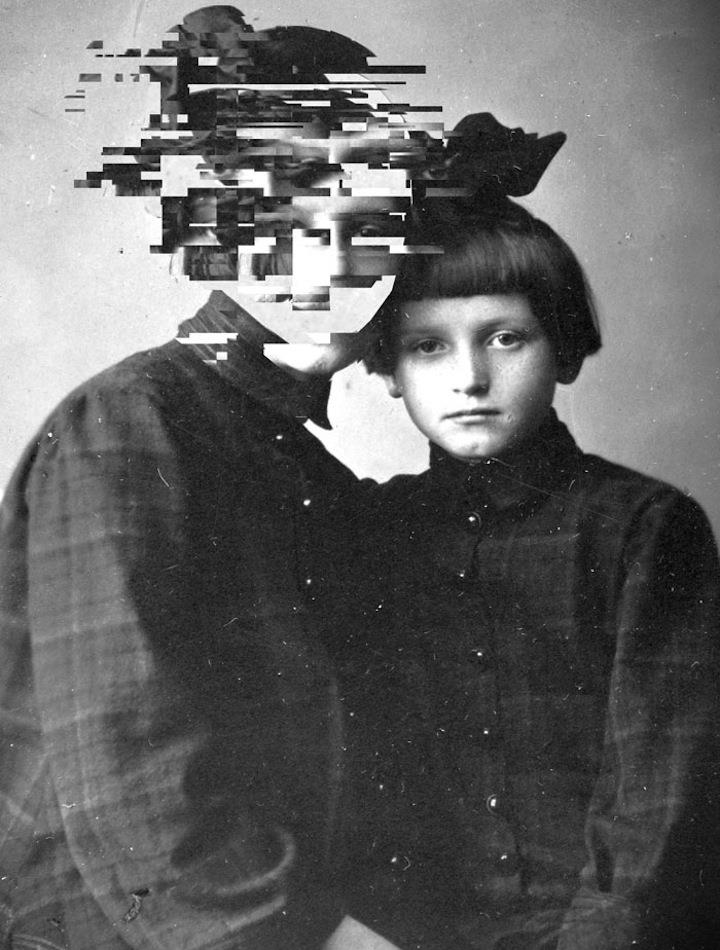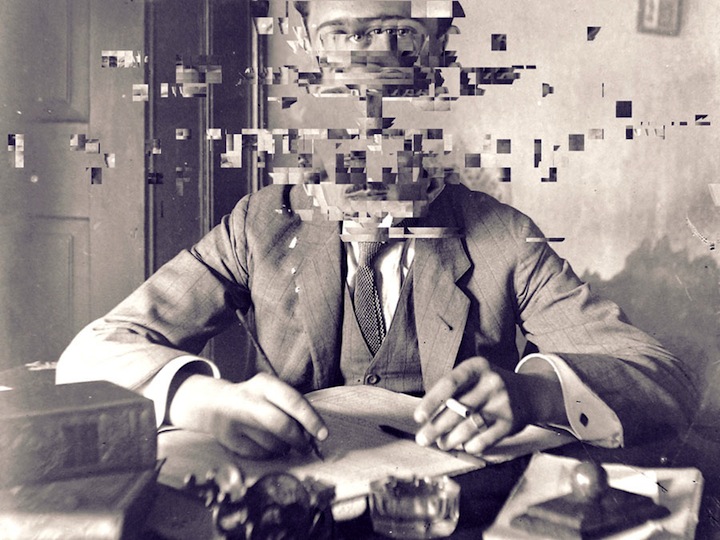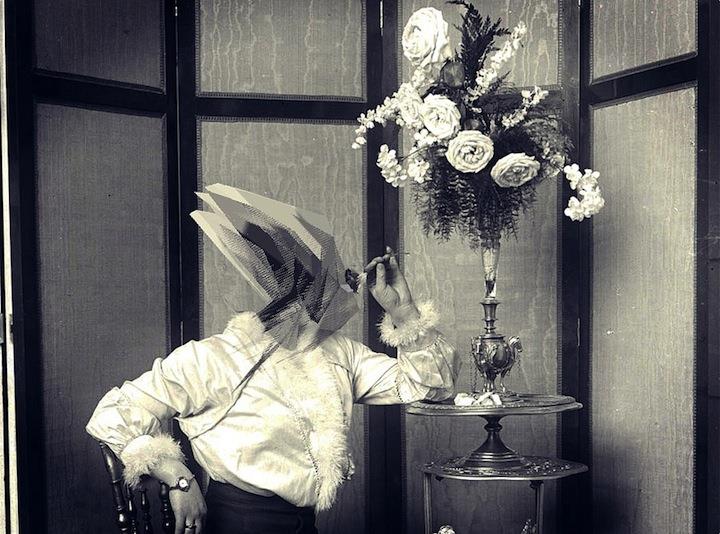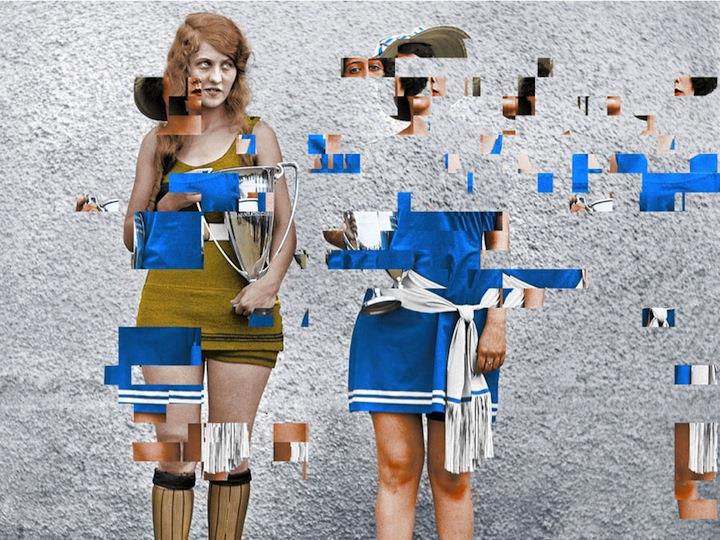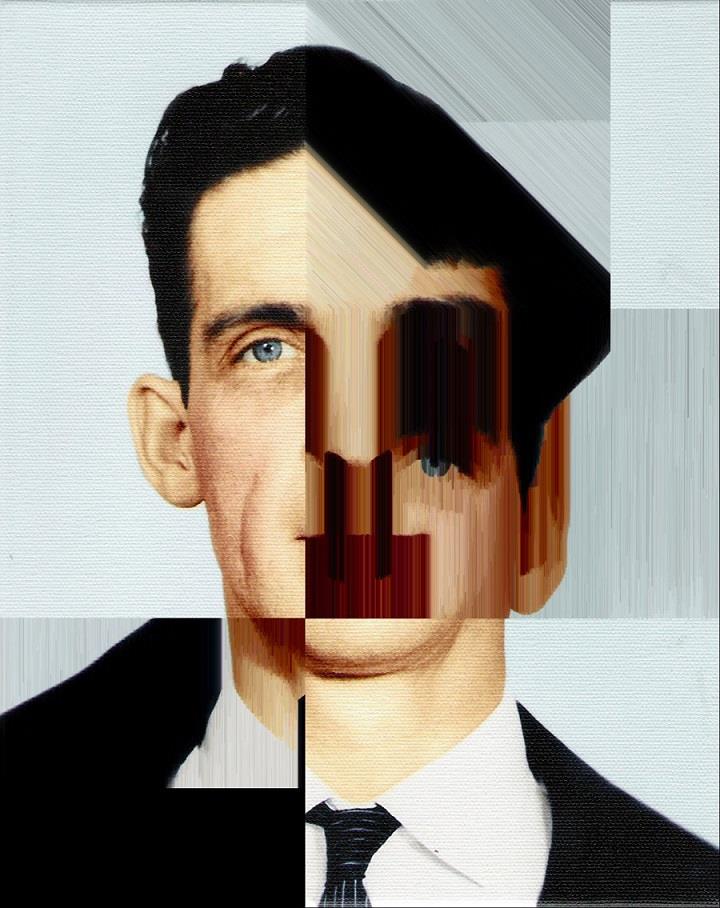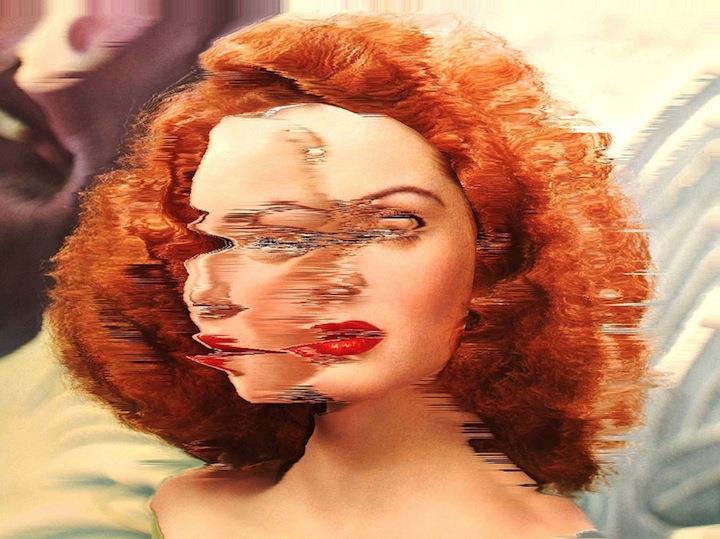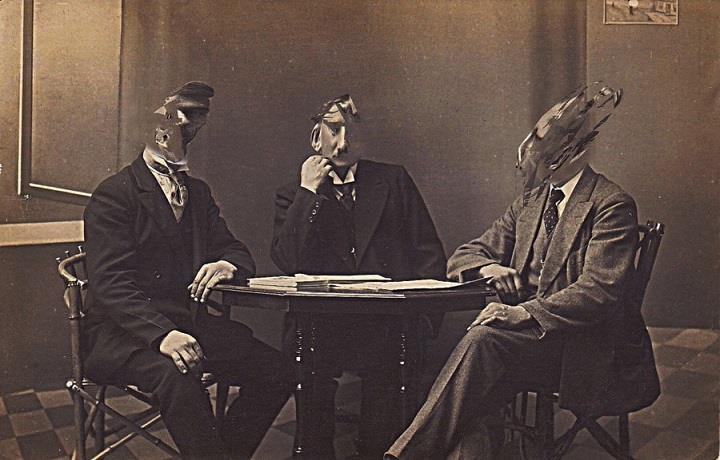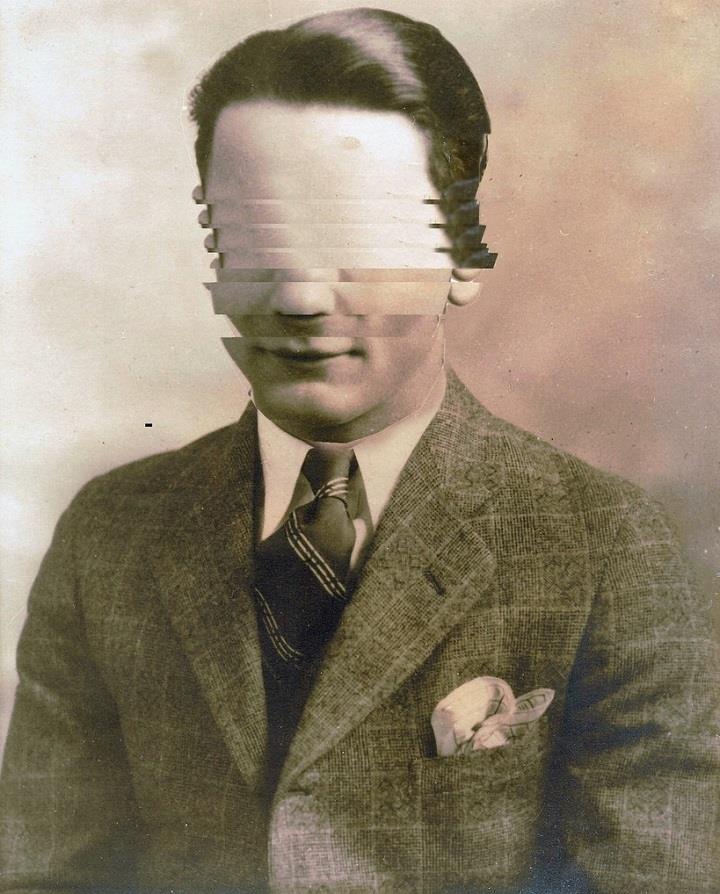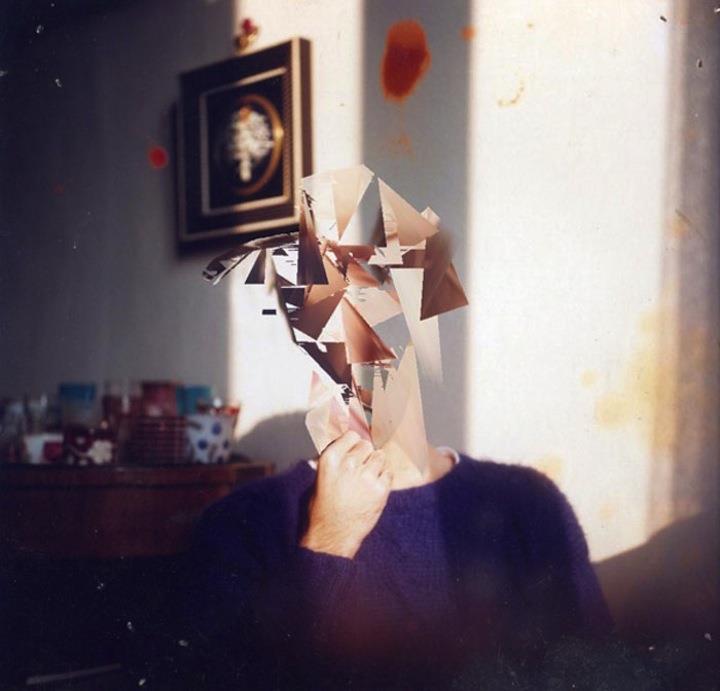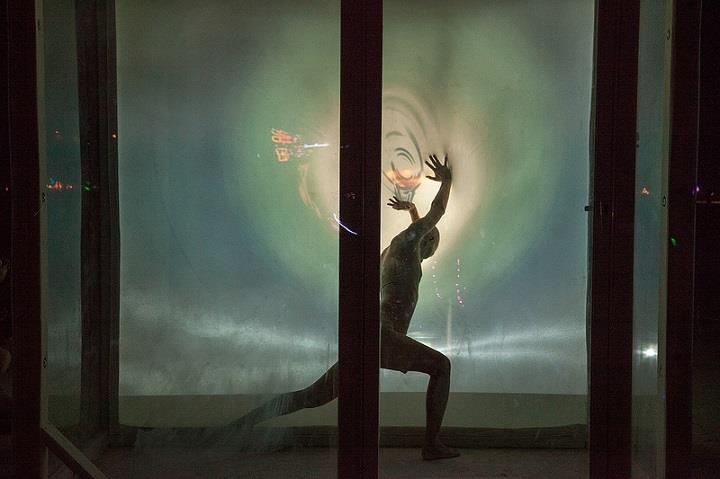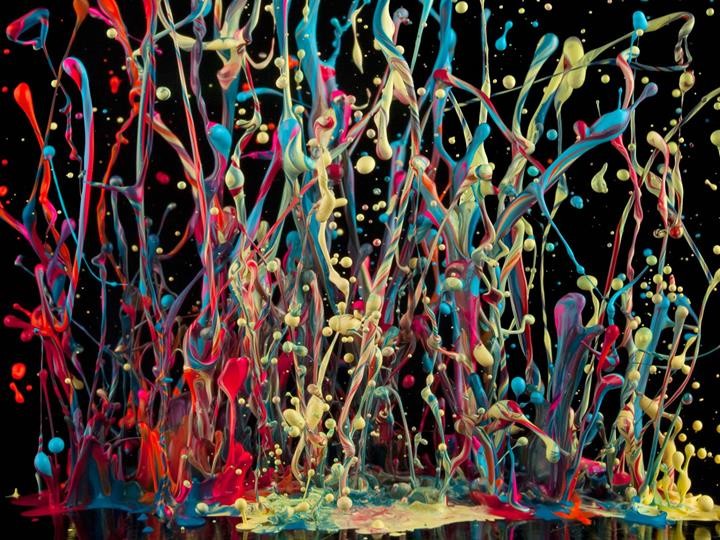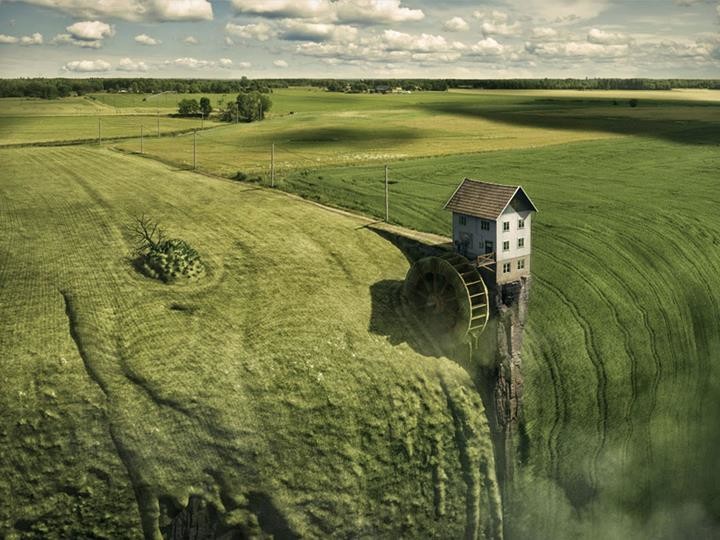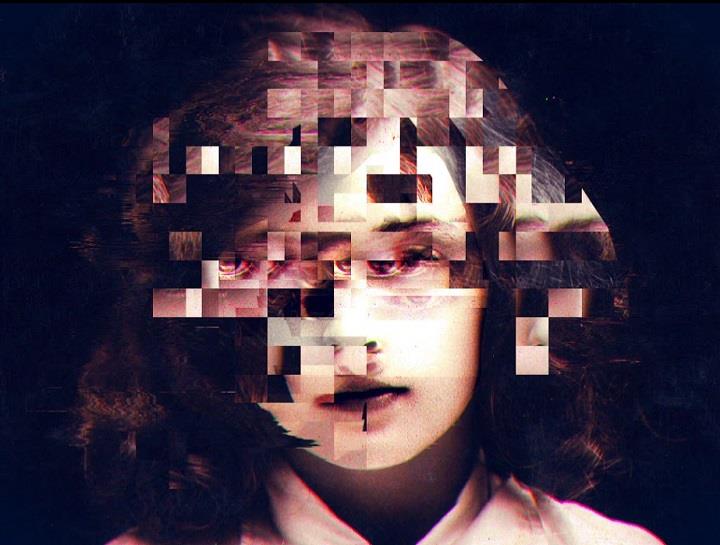
David Szauder is a Hungarian media artist, living and working in Berlin since 2008. He creates computer code based digital images and interactive installations, curates exhibitions, and works as an art director in different projects. His latest series, titled Failed Memory, is a work inspired by the parallels he sees between human and digital memory. “Our brains store away images to retrieve them later, like files stored away on a hard drive. But when we go back and try to re-access those memories, we may find them to be corrupted in some way,” he says. When we see a picture, we are able to remember the details, but only for a short period. In long term we start to lose parts of the details and instead of those lost fragments we fill the gaps with our self-generated memory fragments. Szauder’s work is very stunning and thought-provoking. He always adds short narratives to accompany each photo, which often give insight why the subject appears in such way and how their mind has been altered. Precisely, the photograph’s flow is interrupted by the sudden ambiguity of lines and distortions occurring in certain parts of the subject’s body.
